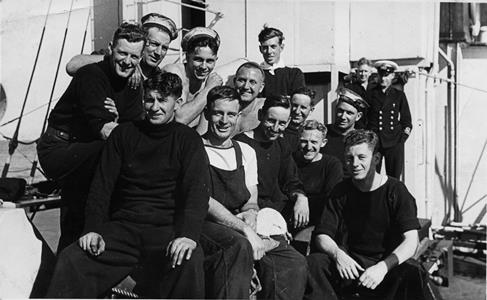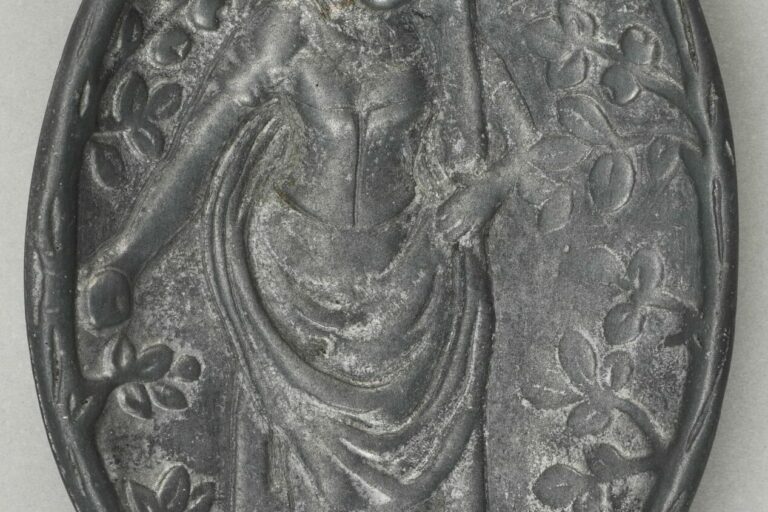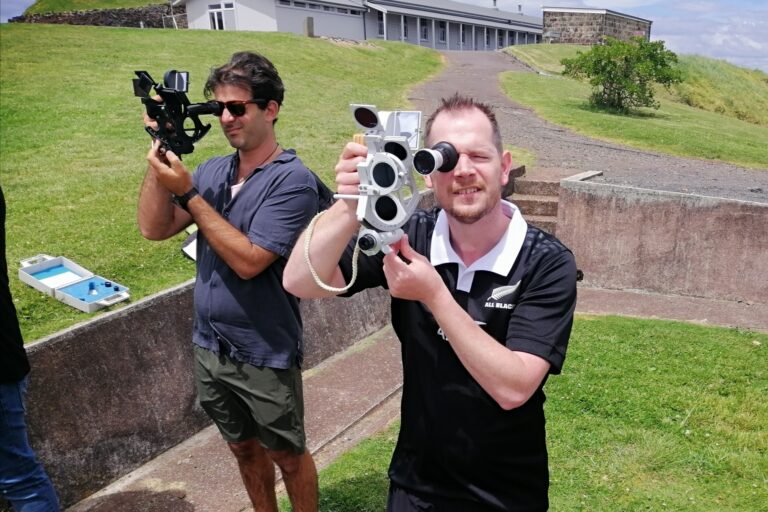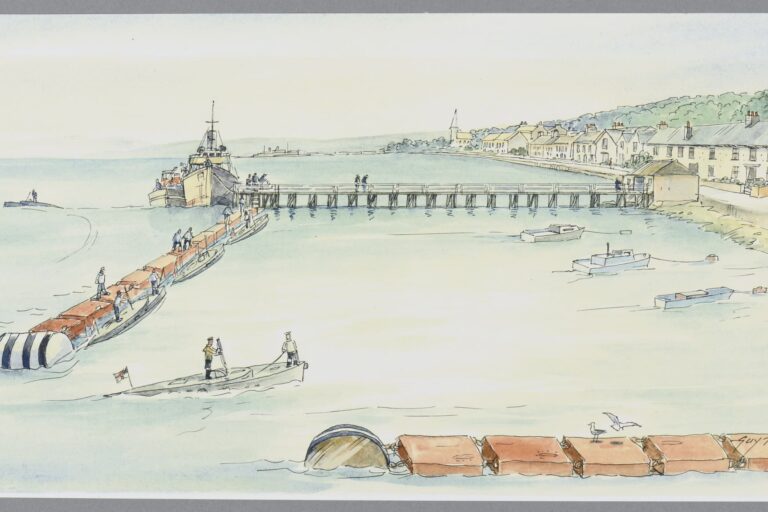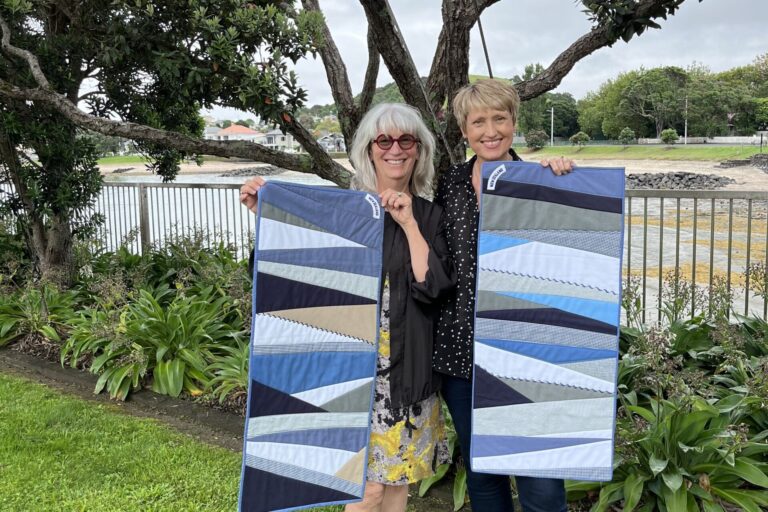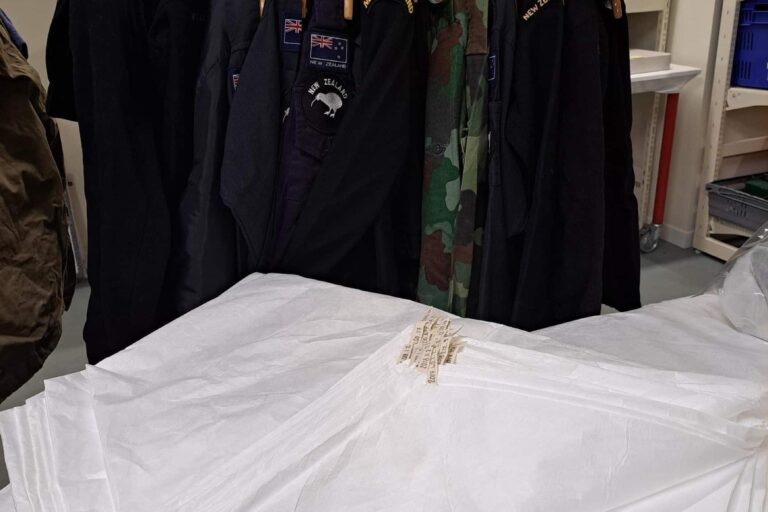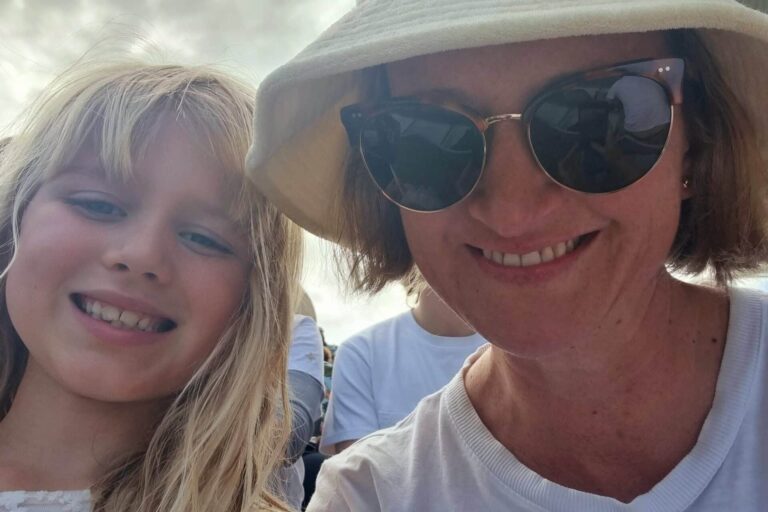HMS Puriri
Ship Details:
Built: 1938 Henry Robb, Leith Scotland
Owner: Anchor Shipping & Foundry Co., Nelson
Displacement: 927 tonnes
Dimensions: 57.4 x 10.7m
Machinery: Twin diesel engines 740 bhp = 10 knots
Pennant Number: T02
Complement: 32 officers and ratings
Armament: 1 x 4-inch [104mm] gun, machineguns, depth charges
Taken up for service: 20 November 1941
Commissioned: 19 April 1941
Puriri was a twin diesel cargo vessel working the West Coast to Nelson and the North Island coastal trades, at the outbreak of the Second World War. She was built in Scotland in 1938. On 20 November 1940, she was taken over for naval service from the owners, Nelson based Anchor Shipping and Foundry Company. She was one of four ships taken over for conversion into minesweepers. Upon arrival in Auckland, in November 1940, Puriri assisted the cruiser HMS Achilles to search for the German raiders, Orion and Komet who had sunk the Rangitane.
The minesweepers were required to sweep mines that had been laid by the German raider Orion, in 1940. The trans-Pacific liner Niagara struck one of the mines laid by Orion and sunk on 19 May, 1940. Fortunately the 340 passengers and crew got away safely in lifeboats.
After her conversion was completed, HMS Puriri was commissioned into service as a minesweeper on 19 April, 1941. The vessel was assigned to the 25th Minesweeping Flotilla alongside HMS Matai and Gale. This flotilla carried out routine sweeping patrols out of Auckland from Tiri Tiri up to Whangarei.
On 13 May, 1941 the launch Rawea buoyed a mine. Word was received that a fisherman had pulled a mine out of his nets off Whangarei. He dragged it for a while and then cut it loose. The next morning she was in company with Gale when Puriri was ordered out to find this mine; Gale was the senior ship and was leading the search with Puriri astern of her. It was bypassed by Gale but Puriri struck the mine and sank very quickly. Five men including the Commanding Officer were killed and another five injured. The 26 survivors were rescued by HMS Gale. Puriri sank in position 35°46’15” S, 174°43’00” E eight nautical miles 050° from Bream Head.[1]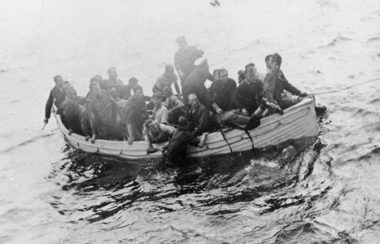
Chief Petty Officer Ivan Brown was the Coxswain of HMS Puriri, and was drawing the daily rum issue in company with John Rhind, the First Lieutenant when the mine was struck:
“We went down below and brought up the rum. Right aft in the ship was the Chief’s and Petty Officer’s Mess and I was just stepping over the lintel into the Mess when she hit the mine. I shot into the far corner with the rum. The mine blew the bottom of the forward hold.
They had put in 12 x 2 framing in the hold and it was full of rock for ballast. There had been lookouts right forward on Monkeys Island. A Lieutenant Matheson I think was Duty Officer and the Captain was Blacklaws, who was on loan to us because our own Skipper had taken ill the night before. This officer was sent from the Cruiser, he was on the wing bridge. The rock went up in the air and two of the chaps on Monkeys Island got hit, but Matheson wasn’t. I stepped out onto the after deck and down came the rocks, so I quickly went back under cover. By this time she was going.
This was just after 11am and two Stewards were preparing the Wardroom for the Officer’s meal. The front of the super structure was completely demolished by the rock and those two Stewards were killed. The 2nd Engineer was sitting in his cabin in the same row of offices. He was blown backwards out through the door into the passageway. The Skipper was on the wing bridge with a Signalman. The Signalman went over the back of the bridge and landed in the lifeboat and the Skipper went over the side, we never saw him again.
The lad that went over the back had the presence of mind to throw out what life belts there were because she was going fast by this time. There was one chap an Able Seaman who was in the paint locker which was right aft, the lid flew over and locked him in, he got out and I have never seen a chap do such a dive. I hadn’t left the ship by then. I saw him, he flashed past me and left the deck and he went over the guard rails, straight over the side, a beautiful dive. He told me afterwards, he said “the rivets were actually popping in the hold.
I decided it was time for me to leave and I threw off my heavy jersey and I slid down the side of her until my heels touched the belting, then I dived off. When I came up she was standing on her end and two chaps were going up the guard rails, one of them was the only active service rating on board, a Chief Petty Officer ERA, Trevor Martin from Auckland, `Pincher’ Martin. The other one was the 2nd Engineer and they just floated off as she went down. All the bridge area suddenly collapsed and blew the air whistle and down she went in just about a minute and a half. The Gale which was a mile and a half or more ahead of us came back and lowered a boat and picked us up. One of the Cruisers was returning to base and she sent over a boat. They transferred most of our people onto her. I didn’t go because I had casualties on the Gale, some of whom were badly knocked about. I opted to stay with them to see that they got to hospital.”
Source:
[1] R.J. McDougall, R.J., New Zealand Naval Vessels, Christchurch: GP Books, 1989, pp 69-76.

